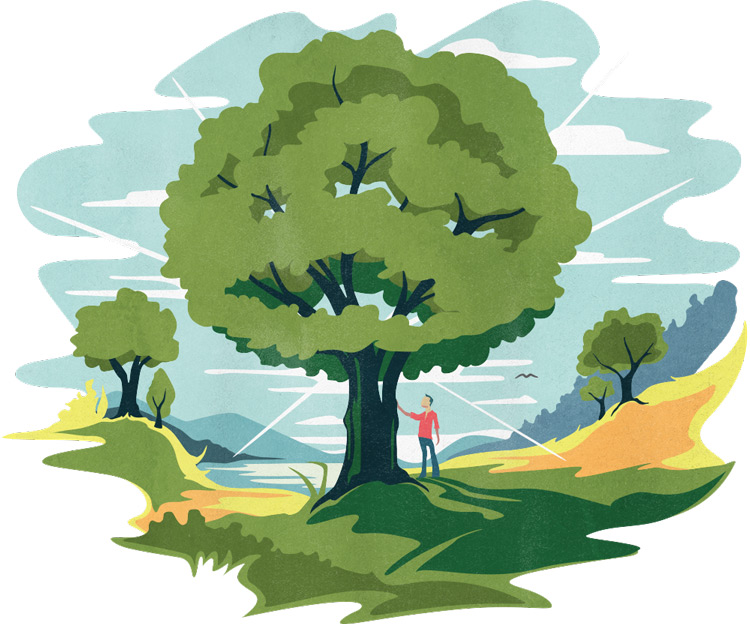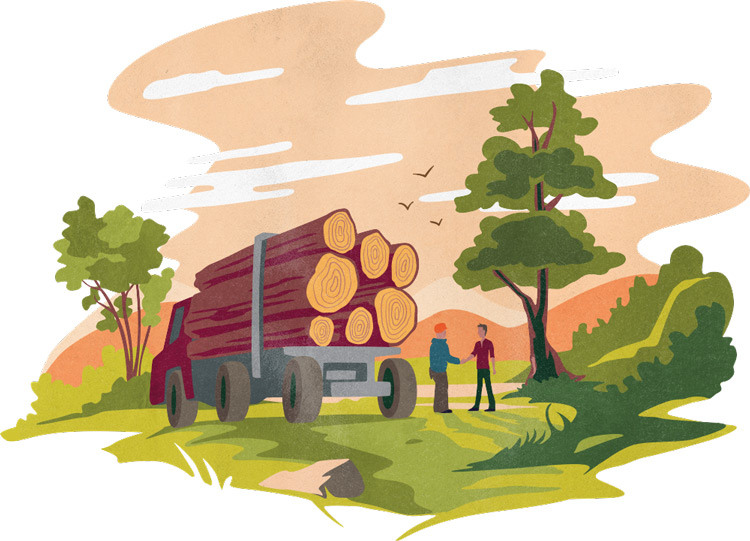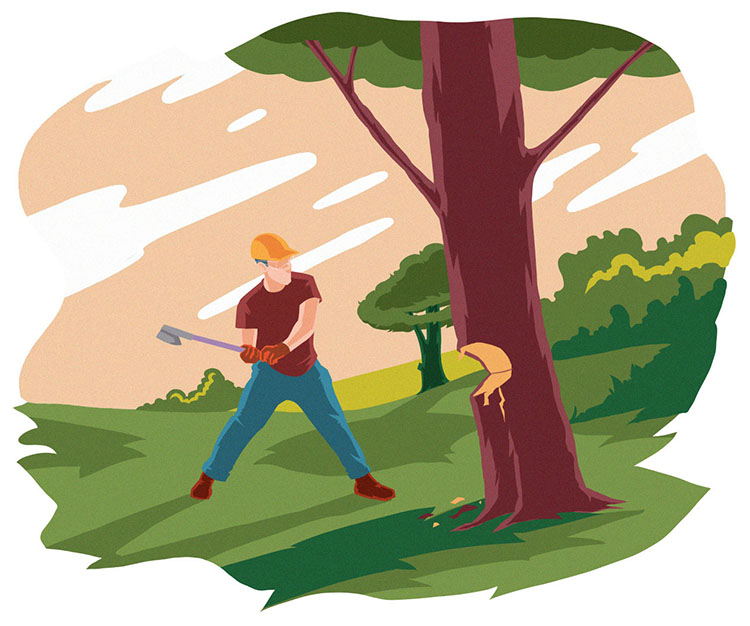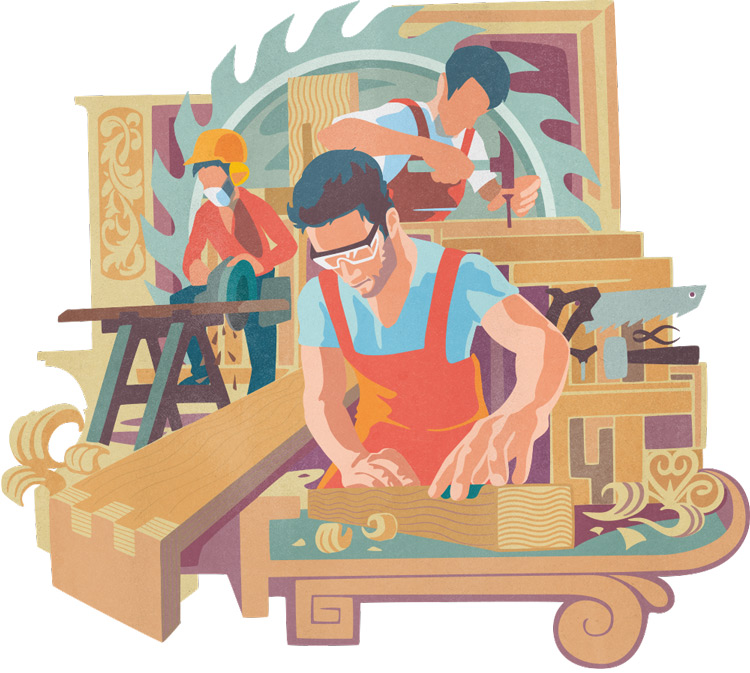When you look at the effect a world war 1 artillery barrage had on the landscape and compare it with an area of clear felling pictured in September 2020 its difficult to see the difference.
Today it’s difficult to comprehend the idea we allow clear felling. It destroys the local habitat, alters soil chemistry, and exposes the indigenous species to predators and invasive species (both plant and animal), it also disrupts tree to tree communication networks (an impact only recently realised). The loss of even a few indigenous species can alter the entire balance of an ecosystem. It can take years before the ecosystem in question finds a new normal.
All this requires a shift in thinking; we need to make better use of the timber we currently waste and use technology such as remote sensing drones to better map forests to then construct an intelligent felling plan that takes into account how the impact of felling can be better mitigated. It would be great to harvest timber on an individual tree basis, but it’s difficult. But we should at least limit ourselves to felling a maximum number of adjacent trees (say 10 or so).
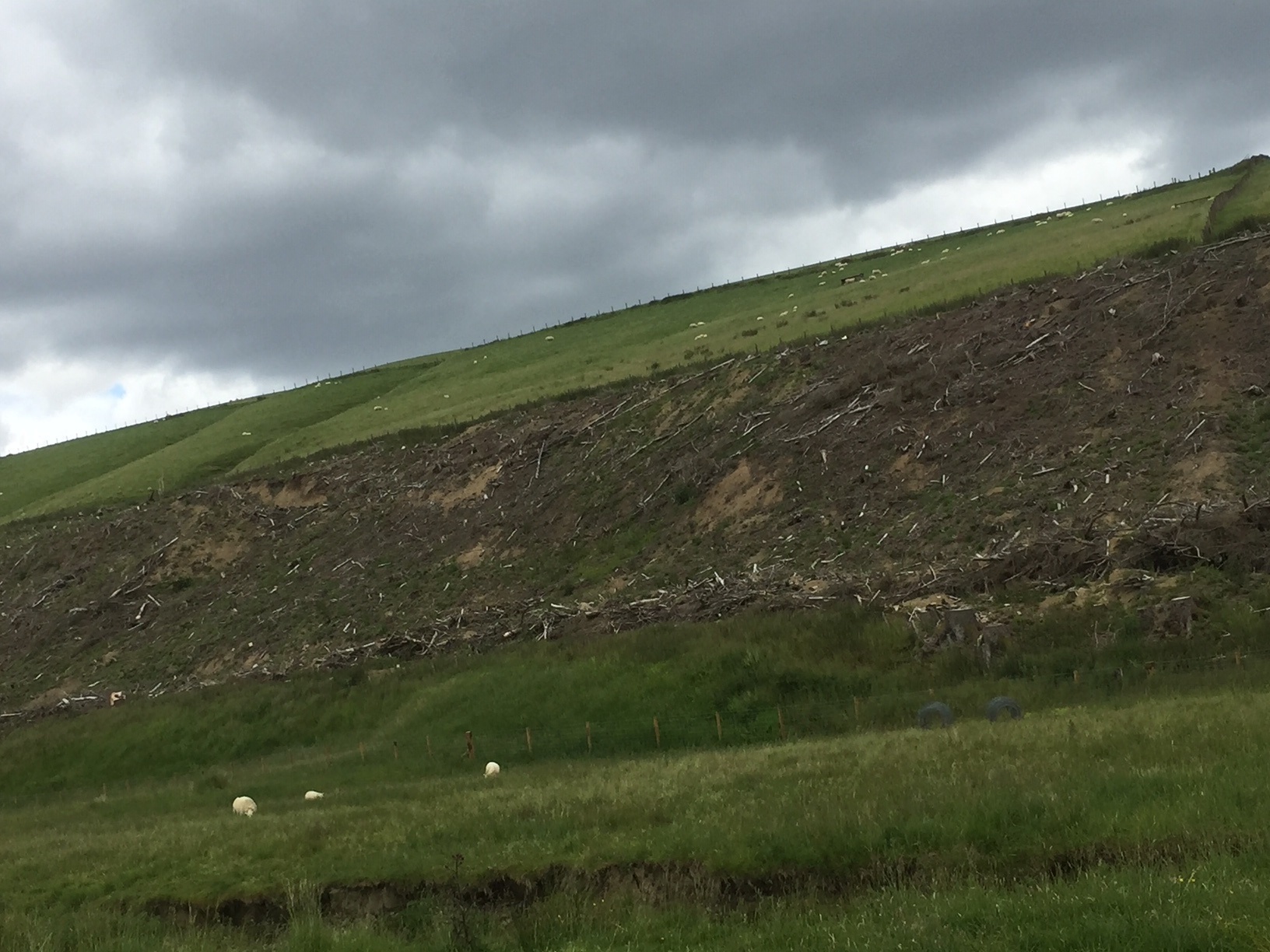
If you have any examples of best or worst practice then do contact us, or write a piece for our blog.
Posted by
Daniel Jayson

